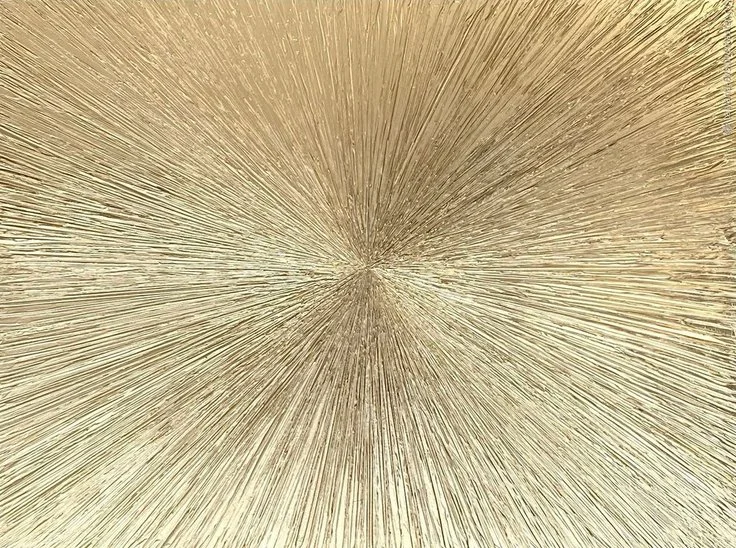Rethinking “The Most High”
Is the Divine Really Separate from Life?
In many modern and ancient spiritual communities, the phrase “The Most High” is used to describe the Supreme Divine — a being or intelligence beyond all form, hierarchy, and human comprehension.
But there's something subtle — and deeply revealing — in the way this term is often used.
Whether consciously or unconsciously, people who invoke “The Most High” often speak of a skyward, transcendent, judgment-based God — one who is above, beyond, and outside of embodied, earthly experience.
This framing creates an unspoken dualism:
High = pure, holy, divine
Earth = lesser, dirty, chaotic, feminine
But is that truly what the “Most High” is?
The Sky God Illusion
When people reject Goddess teachings, womb wisdom, sensuality, or the sacredness of blood rites — often in the name of “purity” or “obedience to the Most High” — they’re not necessarily rejecting ego or illusion…
They're reacting to the reawakening of something they were trained to suppress.
In truth, many forms of spiritual absolutism are not reflections of Divine will — they are echoes of colonial and patriarchal programming dressed in spiritual language.
This kind of framing devalues the body, demonizes desire, and flattens the multidimensional nature of God.
The Most High Includes the Most Deep
Here’s the reframe:
If it’s truly “The Most High,” it must also be the Most Deep.
It must include:
The moon’s wisdom, not just the sun’s light
The blood of the womb, not just the breath of the spirit
The darkness of the void, not just the brilliance of creation
The feminine as much as the masculine
The body as much as the soul
The Divine is not polarized — we are.
We’ve been taught to believe that sacredness lies above, that closeness to God means rejecting the body, the flesh, the blood, the Goddess.
But many traditions — especially the ones suppressed by empire — knew better.
Sex, Blood, and Sacredness: Why They’re Not “Unholy”
In many Goddess-aligned cultures, menstruation was sacred.
Sexuality was a rite, not a shame.
The womb was a portal.
And yet today, people are told that to connect with the Most High, they must:
Be celibate out of fear, not love
Hide their cycle
Avoid “unclean” energies
See the feminine as a temptation to overcome
This is not holiness.
This is hierarchy.
And it’s deeply out of alignment with the truth of the living cosmos.
So, What Is the Most High?
The Most High is not a man in the sky.
It is the essence that lives within and beyond all things.
It is Source, Unity, Infinite Intelligence, the Great Mystery.
It is that which holds the stars and your blood.
That which breathes galaxies and weeps with you when your heart breaks.
It is not threatened by Goddess worship, sexual sovereignty, or sacred embodiment.
In fact, it requires those expressions to be whole.
To reduce the Divine to only the masculine, or only the heavens, is to amputate half of its being.
If your version of God excludes the feminine, it’s not the Most High — it’s the most fragmented.
The Most High is not above or below.
It’s within.
It’s between.
It’s the inhale and the exhale.
The sun and the moon.
The seed and the soil.
The serpent and the sky.
So when someone says they follow the Most High, ask:
Is it a God of wholeness?
Or a projection of purity, power, and control?
Because the Real Divine doesn’t fear the feminine.
The Real Divine includes Her.
So let’s explore the meaning across the globe:
In Monotheistic Religions:
Judaism, Christianity, and Islam refer to "the Most High" (e.g., Hebrew: El Elyon, Arabic: Al-‘Aliy) as God, the supreme being.
This is often seen as a singular, sovereign, masculine-coded creator — transcendent, all-knowing, all-powerful.
Over time, this version of the Divine became disembodied, distant, law-giving — and often disconnected from feminine and earthly realms.
In Mystical and Esoteric Traditions:
"The Most High" is often understood as source consciousness — the origin point of all that is, beyond form, gender, or concept.
It might be described as:
The One (Neoplatonism)
The Absolute (Sufism, Advaita Vedanta)
Brahman (in Vedic traditions — beyond deities, the pure awareness behind all)
Great Spirit (in many Indigenous cosmologies)
Here, the “Most High” is not separate from the world — it contains and pervades everything: matter, spirit, masculine, feminine, shadow, light.
In Feminine and Earth-Based Traditions:
The "Most High" is not only above, but within — immanent in all creation.
Often personified as the Great Mother, Womb of the Universe, or Serpent Creator, where life and death flow in cycles.
Sacred sexuality, menstruation, and intuition are seen as direct pathways to the Most High, not deviations from it.
In Nondual Teachings (like Advaita, Dzogchen, or some forms of Gnosticism):
“Most High” = pure awareness, untouched by form, yet appearing as form.
Everything — including your body, emotions, and even so-called taboos — are not separate from the Divine.
In this view, nothing is excluded — not sex, blood, rage, or stillness. The Most High is the unified field of Being in which all dualities arise.
So What Is the Most High?
In its truest form — beyond dogma — the Most High is:
Source of all that exists
The totality (not just the "good" or "clean" parts)
Infinite consciousness, love, intelligence, and creative force
The Divine Presence that is both transcendent (beyond) and immanent (within)
If it excludes Her, then it's not the Most High — it's a projection.
Explore your own connection to the Mystery within you….
